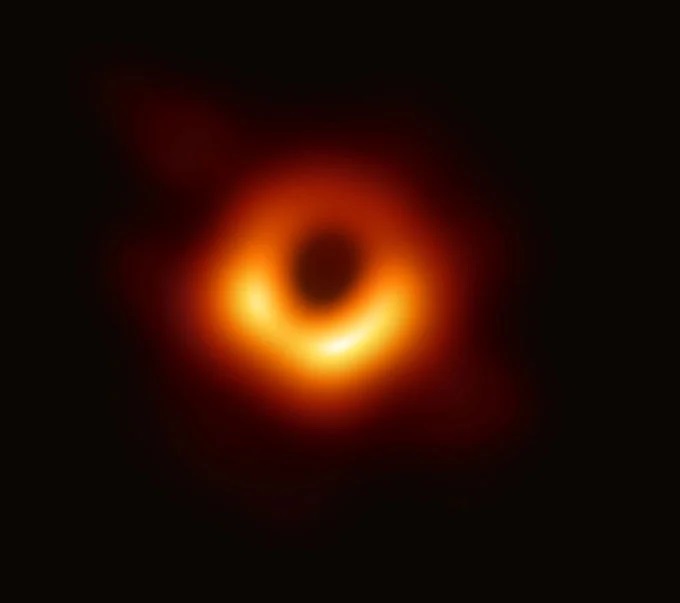A black hole shot after treatment with polarized light provides a clearer view of the behavior of the magnetic field near an object.
In 2019, the Event Horizon Telescope (EHT) system captured the first image of a black hole, located in the center of the Messier 87 (M87) galaxy 55 million light years from Earth. It shows large rings of light made of dust surrounding a dark center, which is the shadow of a supermassive black hole 40 billion km in diameter, three million times the size of Earth.
While taking this image, astronomers noticed a considerable amount of polarized light around the black hole. Polarized light waves have a different direction and brightness from ordinary light waves. They are observed in hot and magnetic regions.
“Since polarization is an indication of the magnetic field, the updated image clearly shows that the light rings of the black hole have been magnetized,” said Monika Moscibrodzka, coordinator of the polar measurement group at EHT.
This is the first time that astronomers have measured polarization near the edge of a black hole. This not only provides a clearer view of the mysterious object at the center of M87 and the behavior of the magnetic field around it, but also reveals new information about the powerful radio jets fired from the black hole.
“Astronomers have long believed that the magnetic field near the black hole plays an important role in allowing gas to enter and release energy rays into the surrounding galaxy. We see the strength and structure of magnetic fields very close to the M87 black hole, where powerful radio jets are emitted, ”said associate professor Jason Dexter of the University of Colorado at Boulder, coordinator of the theoretical physics group at the EHT.
In the next phase, Dexter and his colleagues wanted to continue observing polarized light and other wavelengths to build a complete picture of the environment around the black hole.
Details of the study were published in the Astrophysical Journal Letters on March 24.


